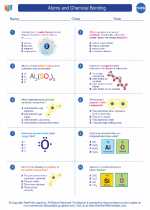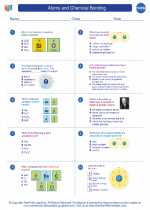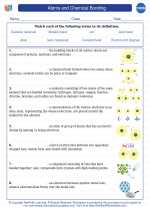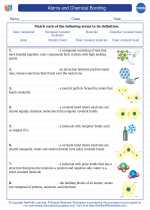Response to Injury
Overview
When the body is injured, it initiates a complex series of events to protect and repair the damaged tissue. This response to injury involves a coordinated effort by the immune system, inflammatory processes, and tissue repair mechanisms.
Immune Response
When tissue is injured, the immune system is activated to defend the body against potential threats such as bacteria and viruses. White blood cells, particularly neutrophils and macrophages, are recruited to the site of injury to engulf and destroy any foreign invaders.
Inflammatory Process
Following the immune response, the inflammatory process is triggered. This involves the release of chemical mediators such as histamine and prostaglandins, which cause blood vessels to dilate and become more permeable. This increased blood flow and permeability leads to the characteristic signs of inflammation: redness, swelling, heat, and pain.
Tissue Repair
Once the initial immune and inflammatory responses have contained the injury, the body begins the process of tissue repair. Fibroblasts produce collagen, the main structural protein in connective tissue, to form a framework for new tissue growth. This is followed by the formation of new blood vessels (angiogenesis) and the regeneration of damaged tissue.
Study Guide
- Describe the role of the immune system in the response to injury.
- Explain the sequence of events in the inflammatory process.
- Discuss the stages of tissue repair following an injury.
- Compare and contrast acute and chronic inflammation.
- Explain the role of cytokines in the response to injury.
◂Chemistry Worksheets and Study Guides High School. Atoms and Chemical Bonding

 Worksheet/Answer key
Worksheet/Answer key
 Worksheet/Answer key
Worksheet/Answer key
 Vocabulary/Answer key
Vocabulary/Answer key
 Vocabulary/Answer key
Vocabulary/Answer key
